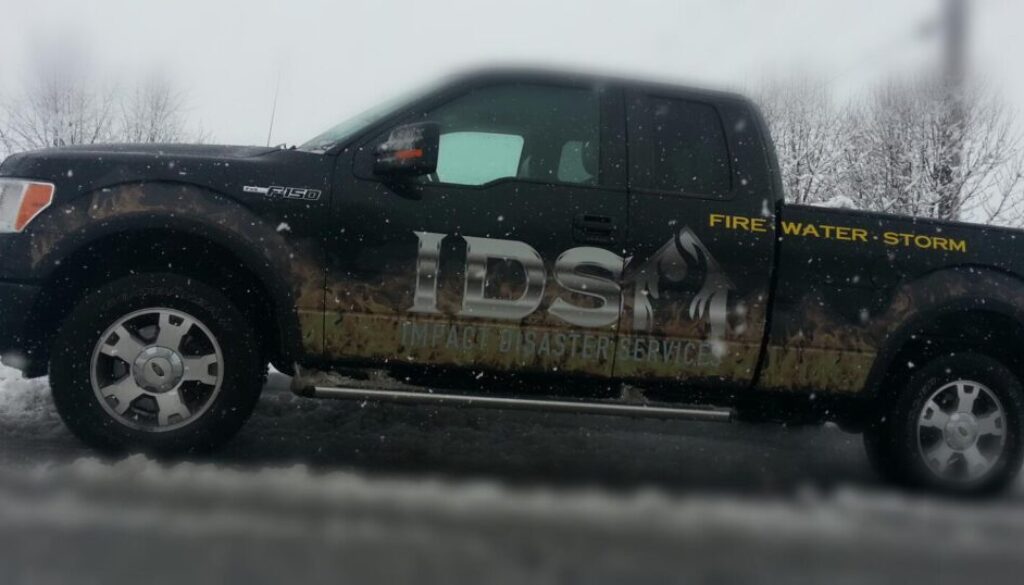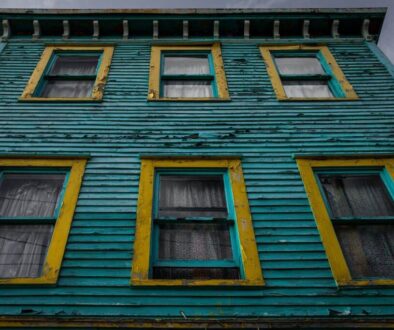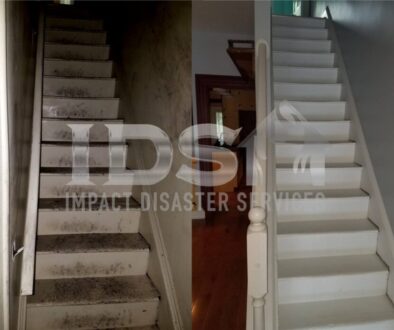How to Identify Different Types of Mold in Pennsylvania Homes
Understanding What Mold Is
Mold is a kind of fungus, and it can grow almost anywhere there’s moisture. It can be lots of colors, like black, green, or white, and sometimes it looks a bit fuzzy. Mold grows by making tiny spores that float through the air. If these spores land on a wet spot in your house, they can start to grow into more mold.
Mold is pretty common, especially in places that get damp like bathrooms or basements. It likes to grow on things like paper, wood, and carpet. Sometimes, if there’s a lot of moisture, like after a flood or a big leak, mold can grow really fast. Mold needs two things to grow: water and something to grow on.
It’s important to keep your house dry to stop mold from growing. If there’s a leak or a spill, drying it quickly can help stop mold. Also, using fans or dehumidifiers in damp areas of your house can keep things dry and make it harder for mold to grow.
Common Types of Mold Found in Pennsylvania
In Pennsylvania, there are a few types of mold that are pretty common in homes. One type is called Cladosporium. It’s usually green or black and can grow on things like fabrics and wood. It’s often found in carpets or on damp window sills.
Another common type is Penicillium. It can be blue or green and often shows up in places that have been damaged by water. It likes to grow on materials like wallpaper, insulation, and carpet padding. Penicillium can spread quickly if it’s not cleaned up.
Black mold, or Stachybotrys, is also found in Pennsylvania homes. This kind of mold is usually black and can grow on things like drywall or wood. It’s often found in areas that stay wet for a long time, like after a leak. Black mold needs a lot of moisture to grow, so keeping your house dry is a good way to prevent it.
Health Effects of Different Types of Mold
Different types of mold in your home can affect your health in various ways. Some people are really sensitive to mold. They might start sneezing or get a stuffy nose, itchy eyes, or a skin rash when they’re around mold. These are allergic reactions, kind of like when you’re allergic to pollen or pets.
Certain molds, like black mold, can make these allergic reactions worse. People with asthma or breathing problems might find that mold makes it harder for them to breathe. Sometimes, if you’re around a lot of mold for a long time, it can make you feel sick even if you don’t usually have allergies. That’s why it’s important to keep an eye out for mold and clean it up as soon as you can.
Kids, older people, and anyone with allergies or asthma need to be extra careful about mold. It’s a good idea to keep your home clean and dry, so mold doesn’t have a chance to grow. If you think mold is making you or your family feel sick, it’s best to talk to a doctor and get the mold cleaned up.
Testing for Mold in Your Home
If you think there might be mold in your home, testing for it is a good idea. Sometimes mold can be hard to see, especially if it’s hiding in places like behind walls or under floors. There are kits you can buy at the store to test for mold yourself. These kits let you take a sample of the air or a piece of the mold, and then you send it to a lab to find out what kind of mold it is.
Another way to test for mold is to have a professional come and do the testing. They have special tools that can find mold even if it’s not easy to see. They can also tell you how much mold there is and where it’s all hiding. Knowing exactly what kind of mold you have and where it is can help you figure out the best way to get rid of it.
When to Call a Professional for Mold Removal
If you find mold in your home, sometimes you might need to call a professional to help get rid of it. If the mold covers a big area, like an entire wall, it’s a good idea to get professional help. They have the right tools and know-how to clean up big mold problems safely.
Also, if the mold keeps coming back even after you clean it, or if it’s making you or your family feel sick, it’s time to call in the experts. Professionals can make sure they get all the mold, even the stuff you can’t see. They can also fix the things that are causing the mold to grow, like leaks or dampness. This can help stop the mold from coming back.




